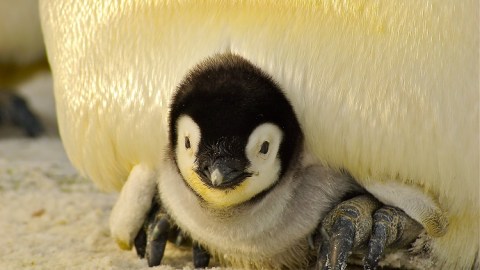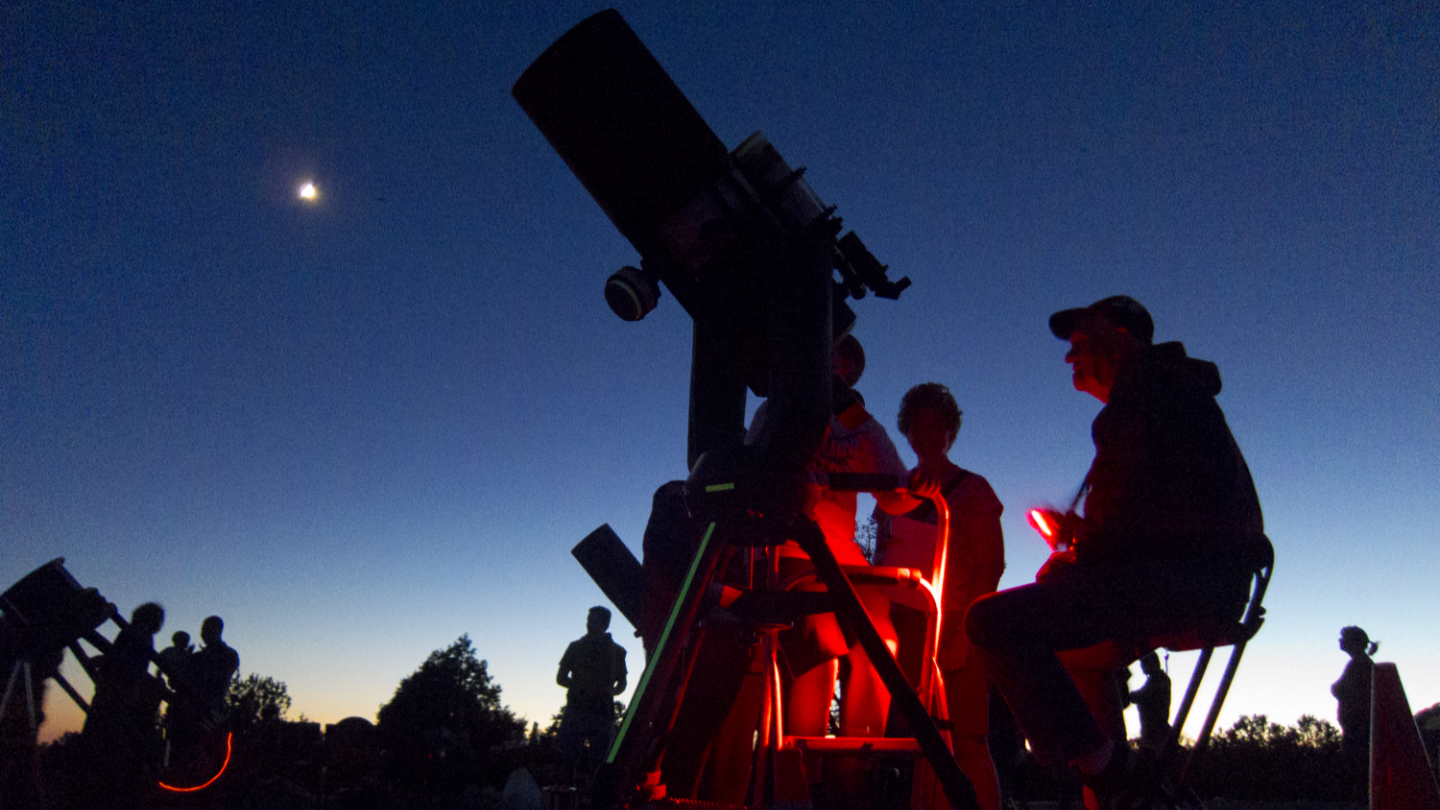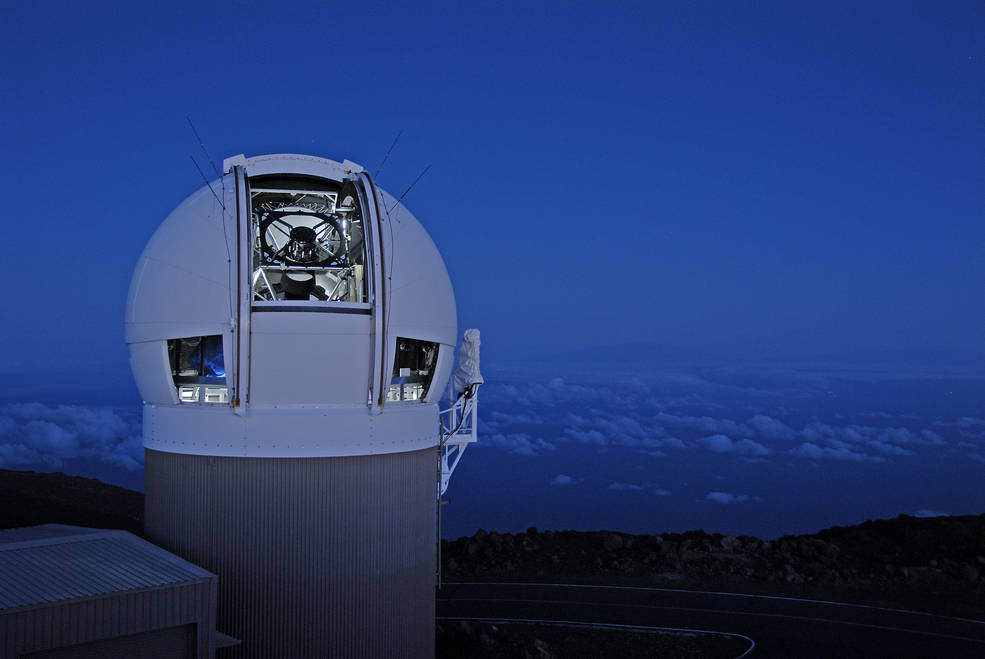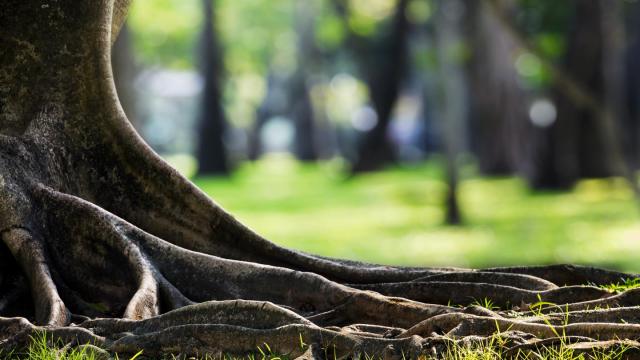One Easy Way to Be a Scientist? Look at These Adorable Pics of Baby Penguins

Scientists need your help to save these penguins:
Credit: Zooniverse/Penguin Watch Project
These penguins live in Antarctica and other desolate places along the Southern Ocean. Adorable as they are, their nesting and migration patterns are changing lately. Scientists are concerned by the change because they’re unsure of the cause. And, since these penguins live in such a harsh environment, it’s difficult for researchers to track and monitor the penguins, much less get consistent, reliable data.
Their answer to that dilemma is Penguin Watch 2.0. It’s an initiative that’s part of the University of Oxford’s Penguin Lifelines, a citizen science project geared toward ordinary, penguin-loving people everywhere. Using 50 satellite-linked cameras that take up to 96 images every day, the Oxford researchers have hundreds of thousands of penguin photos. That’s more data than they can reasonably sort through on their own — and that’s where you can help.
“We want you to help us mark images taken from nesting sites around Antarctica,” according to the website. “We hope to measure these changes year-round at a large geographical range of study sites in order to better understand how threats to the ecosystem disrupt the dynamics of resident wildlife.”
And you really can help them do just that. By clicking on some penguin pics.
There’s no barrier to getting started. You just go to the website, click through a brief tutorial, and you’re immediately presented with a picture of adorable penguins. If it doesn’t have an adorable penguin, you click away from it. If it does, follow these instructions:
Individually mark adult penguins, chicks, and eggs in the image by clicking on the center of each one’s visible area. Sometimes just a head or tail is showing, other times you’ll be able to mark the center of the chest/torso. We sometimes need you to mark up to 30 of each — and you can mark more if you want to.
You use the circles to classify different kinds of penguins (adults, eggs, and yes, babies). You can also use them to identify animals, plants, or other things that aren’t penguins. After you’ve determined how many penguins may or may not be in a picture. you can chat about it with the researchers and other volunteers on a message board. You can even share the image on social media.
“We can’t do this work on our own,” lead researcher Tom Hart told the BBC. He continues:
Every penguin that people click on and count on the website – that’s all information that tells us what’s happening at each nest, and what’s happening over time. Ultimately, we hope that our research can directly feed into policy as we build evidence to determine important regions for penguins and highlight specific colonies of concern.
The impact of this project – and other citizen science projects like it – can’t be understated. The Internet really can help scientists observe and analyze massive amounts of data. It already is; Penguin Watch 2.0 is sponsored by Zooniverse, whose projects have produced many published research papers “as well as several open-source sets of analyzed data,” according to their site. Non-scientists are making science happen everyday while getting a first-hand, hands-on experience on doing science.
Plus, as we’ve already discussed, looking at adorable animals is scientifically proven to be good for your brain. Win for you, win for science.
Feature image from Pixabay. All other images from Penguin Watch 2.0.





